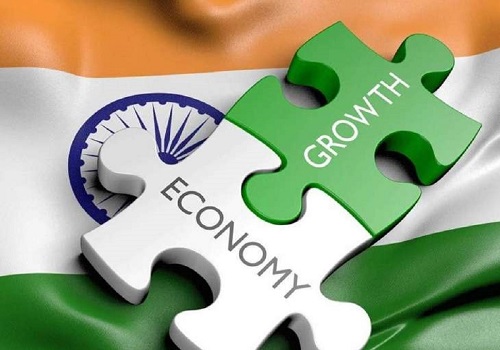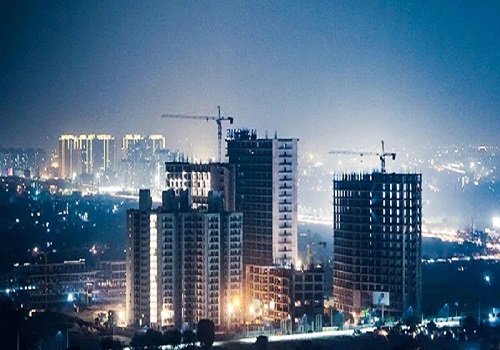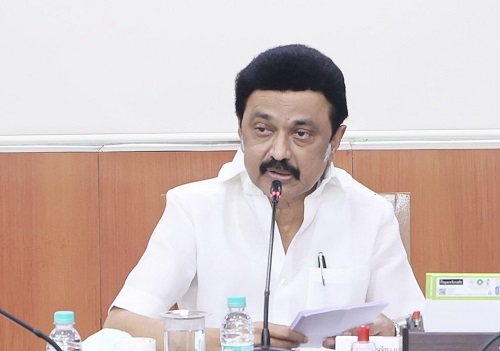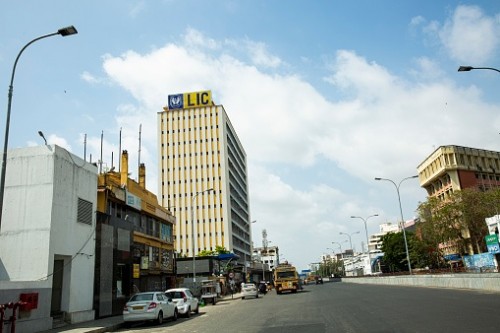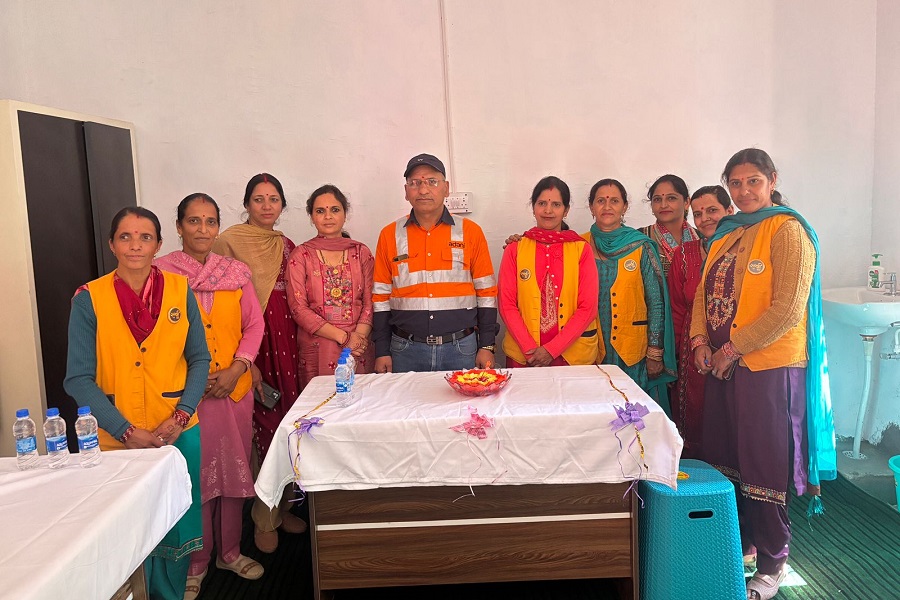3 Adani Group firms join World Economic Forum's 'Industrial Clusters' initiative
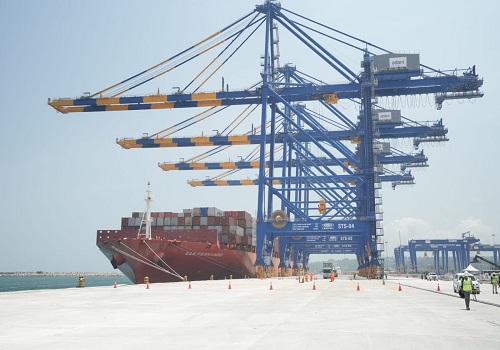
Follow us Now on Telegram ! Get daily 10 - 12 important updates on Business, Finance and Investment. Join our Telegram Channel
In yet another feat for the Adani Group, three portfolio companies -- Adani Enterprises (via its subsidiary Adani New Industries Ltd), Adani Ports and Special Economic Zone (APSEZ), and Ambuja Cements -- have joined the World Economic Forum’s (WEF) 'Transitioning Industrial Clusters' initiative, forming the Adani Mundra Cluster, it was announced on Monday.
The Adani Mundra Cluster will become one of the world’s largest integrated green hydrogen hubs, with a planned capacity of 1 million metric tonnes per annum (MMTPA) of green hydrogen production by 2030, expanding up to 3 MMTPA by 2040.
This will be supported by a fully integrated value chain comprising 10 GW of solar modules, 5 GW of wind turbines, and 5 GW of electrolyser manufacturing capacity, alongside associated port infrastructure.
The cluster will also have production facilities for green hydrogen derivatives such as ammonia, further solidifying its leadership in the green energy transition, according to the Adani Group.
"By joining the World Economic Forum’s Transitioning Industrial Clusters initiative, the signatories will have the opportunity to collaborate with global industry peers, think tanks, policymakers and experts to pioneer innovative approaches towards decarbonisation," said Karan Adani, Managing Director of APSEZ and Director of Ambuja Cements.
"The Adani Mundra Cluster aspires to become an integrated green hydrogen manufacturing hub, helping to decarbonise the hard-to-abate sectors of the Indian economy and reduce the country’s dependency on energy imports," Karan Adani added.
The initiative aims to enhance collaboration and align the vision of co-located companies to drive economic growth, generate employment, and advance decarbonisation by 2050.
Roberto Bocca, Head of the Centre for Energy and Materials and Member of the Executive Committee at the WEF, said they are delighted to welcome the Adani Mundra Cluster to their international community of 23 industrial clusters, "as one of the first two clusters in India".
"By tapping into Gujarat’s significant renewable energy capacity, the cluster is on track to becoming one of the leading green hydrogen hubs in South Asia. Within the Transitioning Industrial Clusters community, Adani Mundra can exchange knowledge with fellow clusters and advance the energy transition," Bocca added.
Since its inception in 1993, the port business at Mundra has evolved into a thriving, port-led industrial cluster.
Now recognised as India’s largest port, Mundra has become a dynamic hub for companies across diverse sectors, ranging from advanced solar module and wind turbine manufacturing to challenging-to-decarbonise cement production.
Adani Ports has committed to powering all its port operations with renewable electricity by 2025, with a target of achieving net-zero emissions as early as 2040. The upcoming Ambuja unit in Mundra aims to be the lowest-emission-intensity cement production facility globally, aligning with the company’s goal of achieving net zero by 2050.

